I took a deep breath of the humid air as I stepped out of the Havana airport. I squinted and clutched at my sunglasses to relieve my poor Mid-west retinas from the fierce Cuban sun. Behind the tinted glass, I gazed past the lake of taxis clouding the airport, beyond the palm trees looking for concrete evidence that I was really in Cuba. Still standing in disbelief, my classmate came to my side and extended me a beer he had bought at a stand outside. I reached for the glimmering emerald can and rotated it in my hand to see the label. “Cerveza Cristal: La Preferida de Cuba,” the can read. “It must be true,’ I thought. After waiting an entire semester, I was finally in Cuba.
May 10 through 23 I spent in Cuba on a faculty-led study abroad program put on by NMU in order to observe the Cuban culture firsthand. We spent a majority of the trip in Havana visiting museums and places of historical significance, then traveled to Santa Clara and Varadero. I returned home sunburnt, feet full of blisters and a bizarre feeling in my stomach. But given the opportunity I’d absolutely do it again and encourage others to take advantage of abroad programs.
Before this trip, I had never been anywhere worth mentioning. I’ve been out West a couple of times, visited my relatives in Florida every other year and have reluctantly traveled to Ohio a handful of times—but never anywhere like Cuba.
I spent the winter semester learning Cuban history along with the culture and customs of the island nation. I understood that it would be different from the United States, but good grief, you don’t realize it till you walk around the streets of Havana. Instead of billboards advertising McDonald’s, Cracker Barrel or some product they have signs that say stuff along the lines of “Fidel vive a través de nosotros,” meaning: Fidel lives through us.
Although the Cuban Revolution happened nearly 60 years ago, many of the locals consider it to be ongoing and even in the country’s newspapers, in the top right corner of the front page you’ll find “año 59 de la Revolución” (59th year of the revolution).
Many things were different from the United States but one of the things that surprised me the most were the people there. Unlike our economy, theirs is based mostly on tourism. So those who make the most money in Cuba are usually those who have jobs where you get exposed to tourists. Our tour guide, Arturo, told us he used to be a professor of English at the university in Havana but chose to become a tour guide because of the better pay. The streets are flooded with musicians, souvenir shops and taxi drivers hooting and hollering at tourists in hopes to get a few bucks, which didn’t seem like much to me, but to a Cuban it’s a lot of cash.
The city of Havana is a skyline of mismatched architecture and worn down facades. The streets are a blur of ’50s era Soviet cars zipping around in a controlled chaos as people and stray animals dart across whenever. There are almost as many stray animals as there are people walking around. Mostly cats and dogs but sometimes chickens.
My favorite points in the trip were walking along the sea wall at night in Havana. The harsh sun was gone but the humid air kept you nice and warm. Although the bay was terribly polluted and smelled horribly gamey, the tranquil noise of black waves crashing into the wall and rolling back into the Atlantic put me at ease.
Thanks to the absence of open container laws I was able to walk along the sea with a beer.











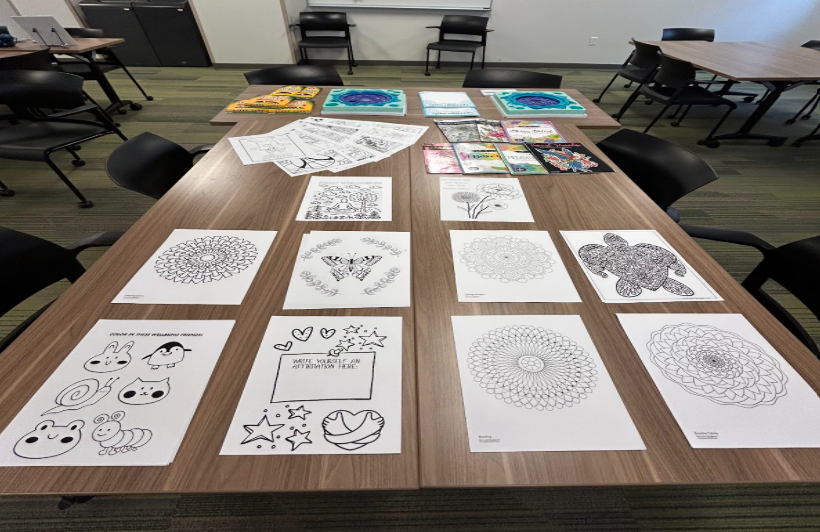
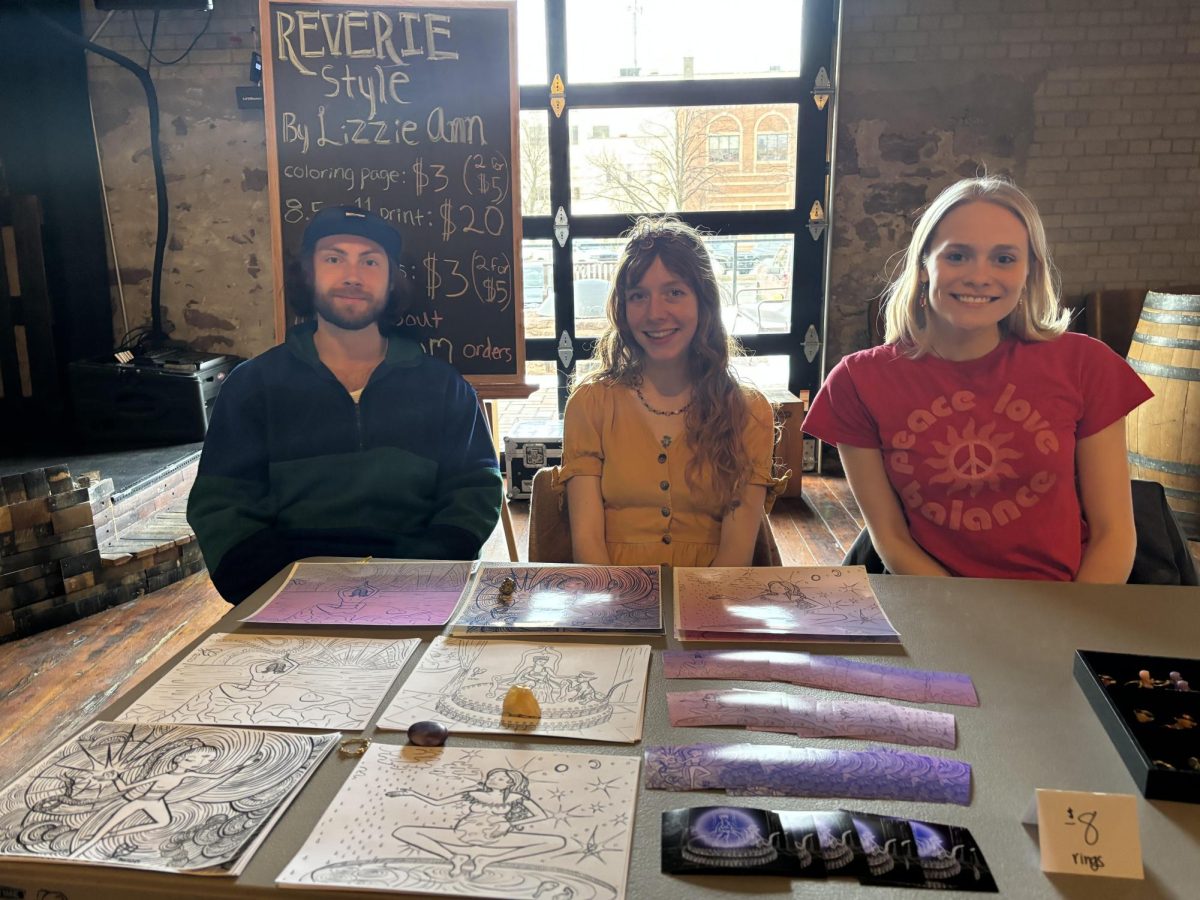
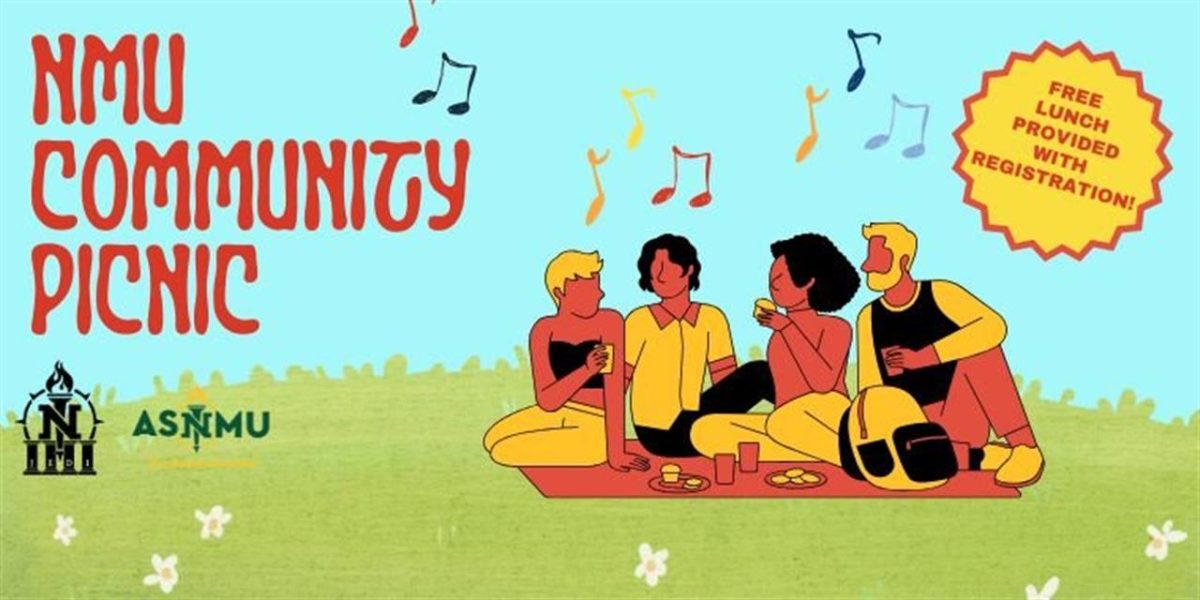
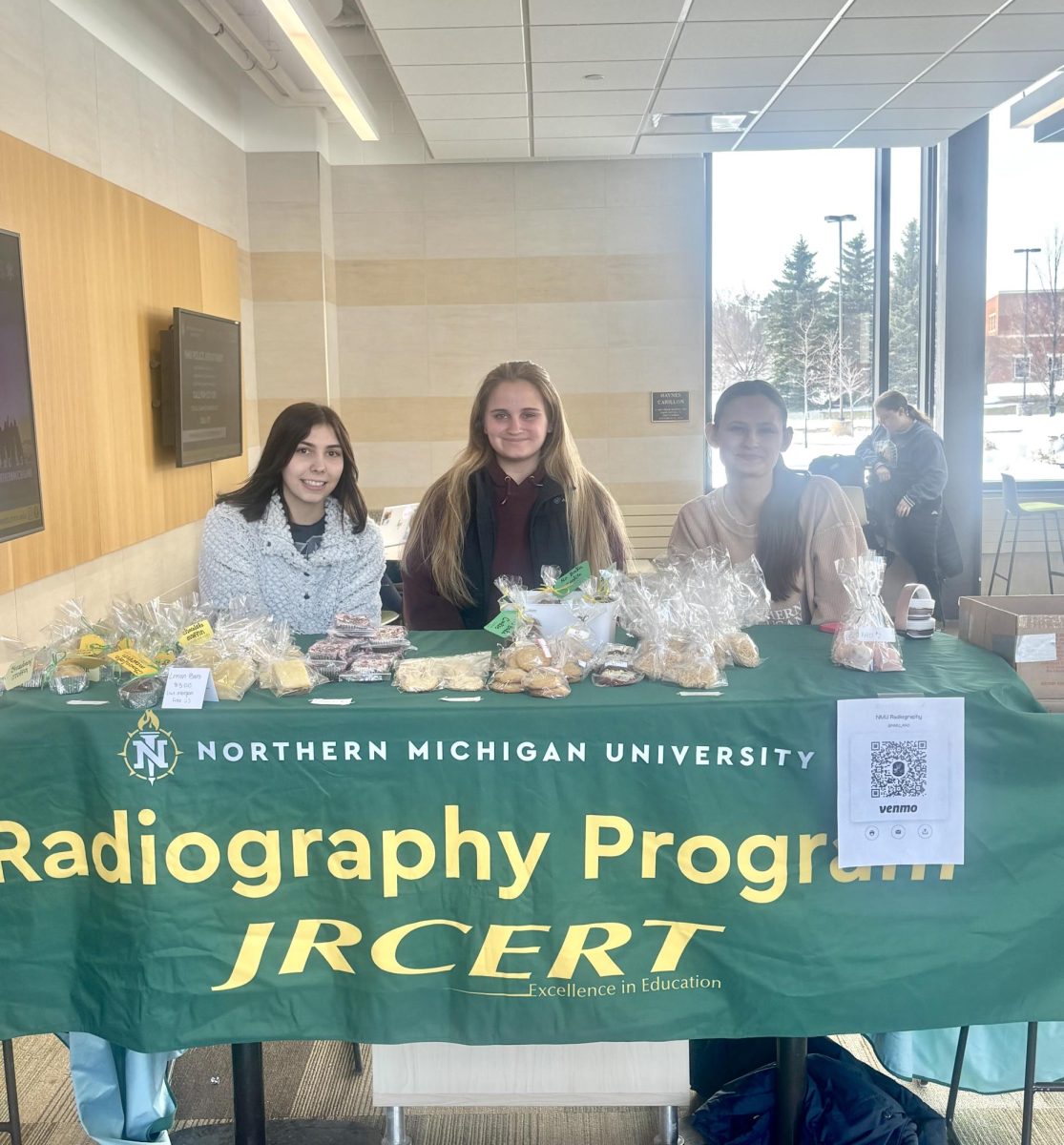
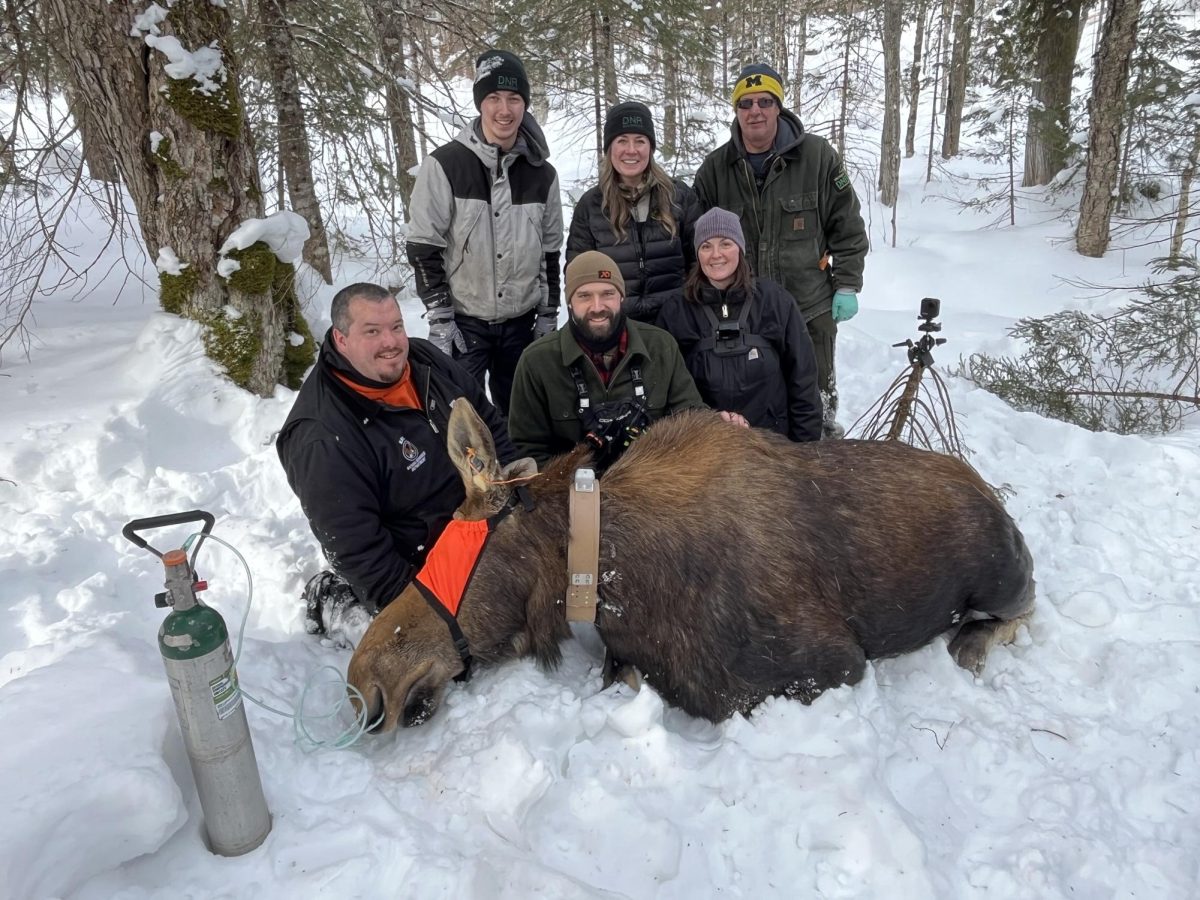

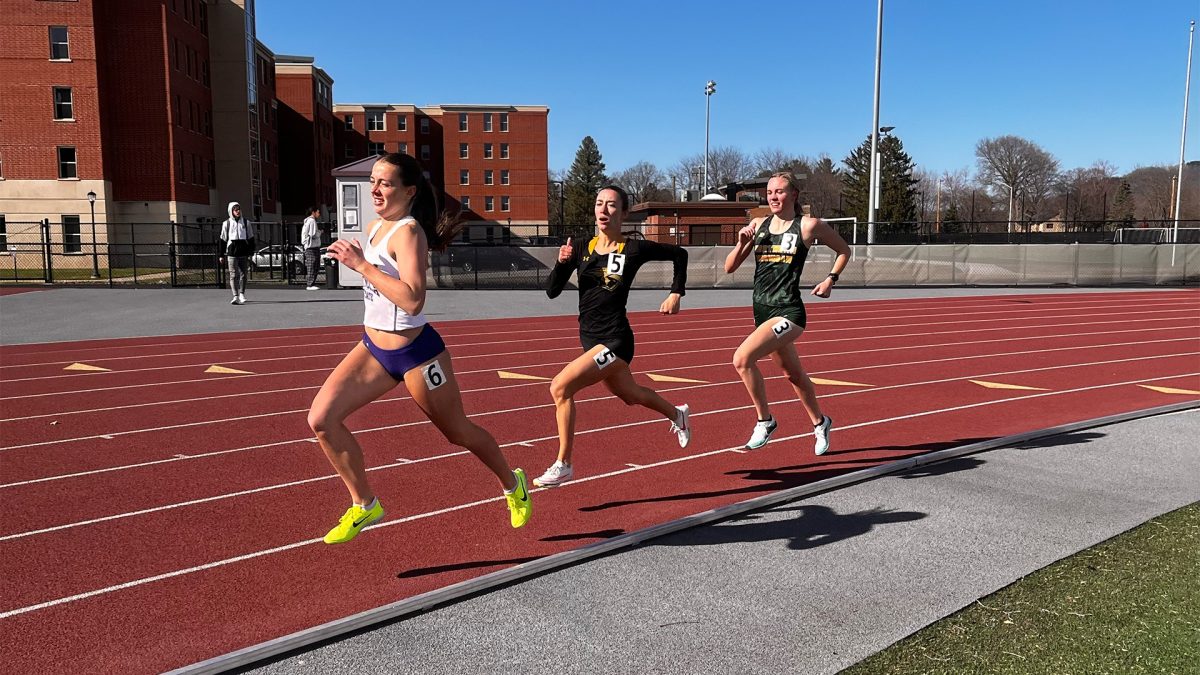
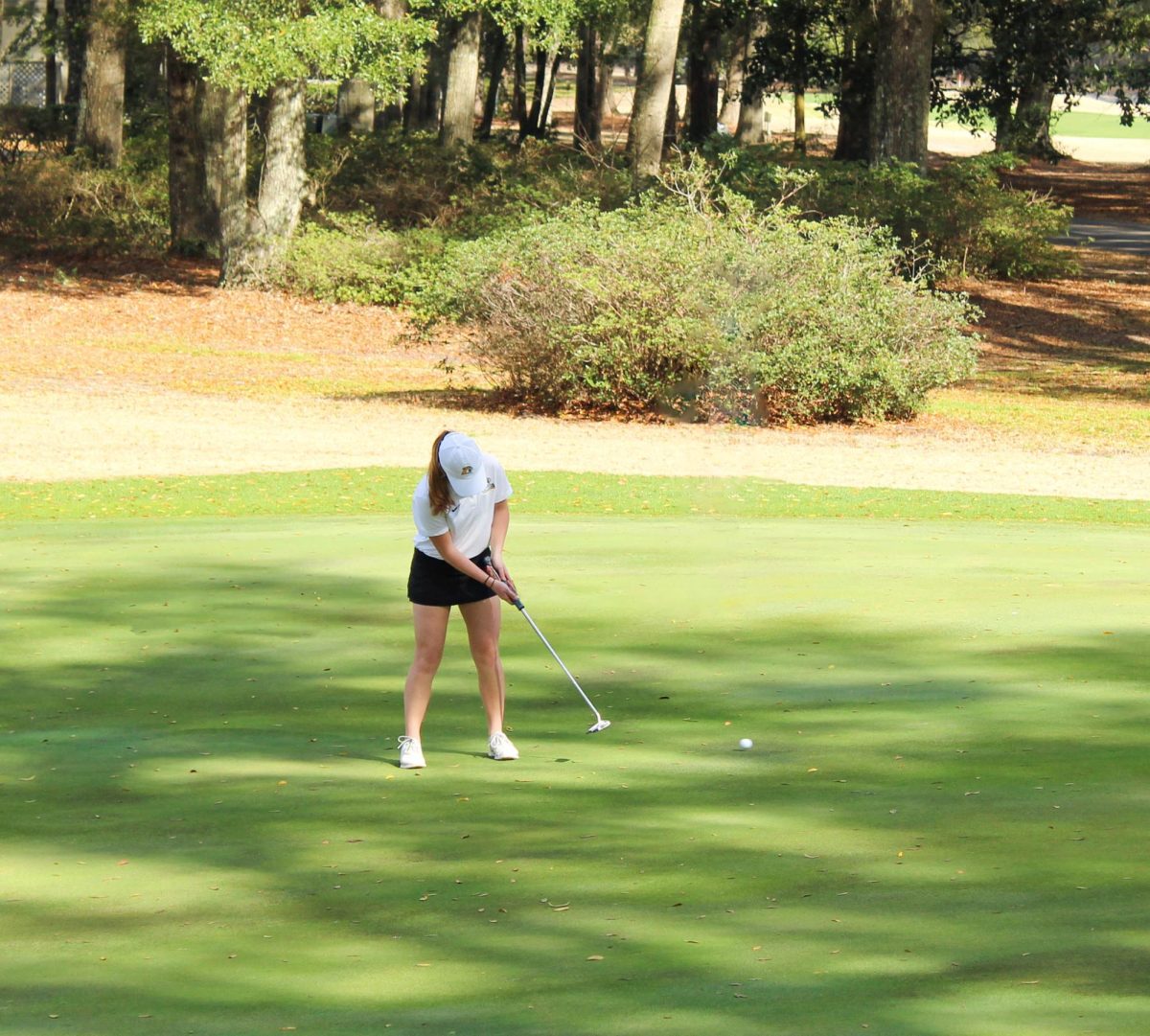







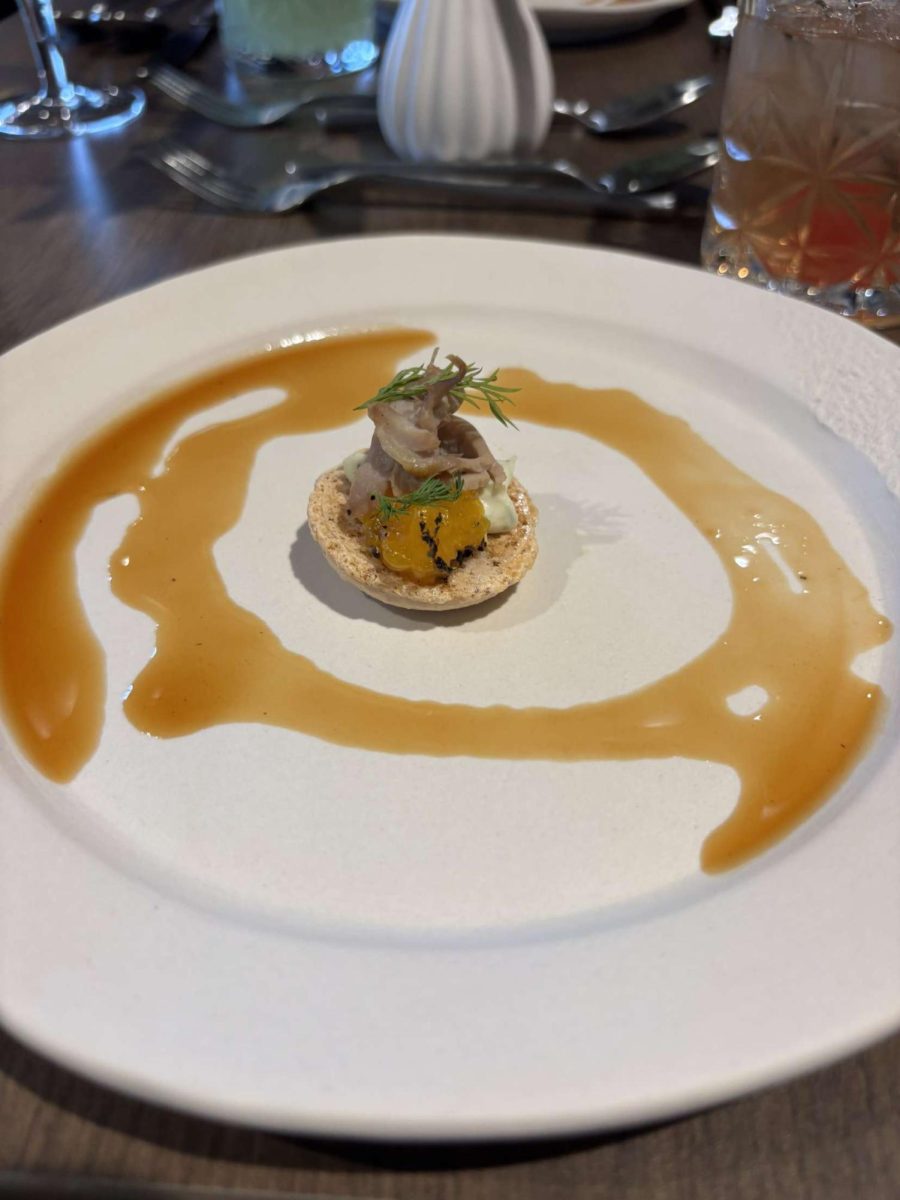
Pat Bayer • Jun 21, 2017 at 10:55 am
Trevor,
You have a gift for writing no question about
it however you know I am from Ohio!!
In Ohio we feel the same way when we have to go
to Michigan!
Excellent article!!
XO
Pat Bayer